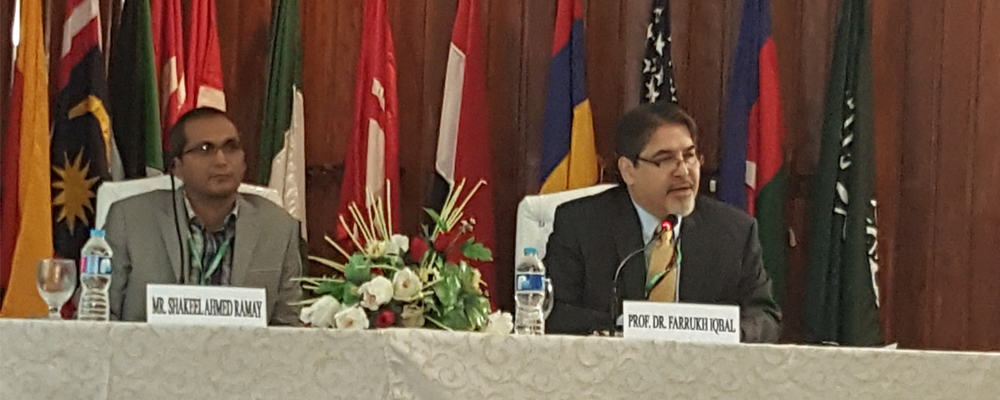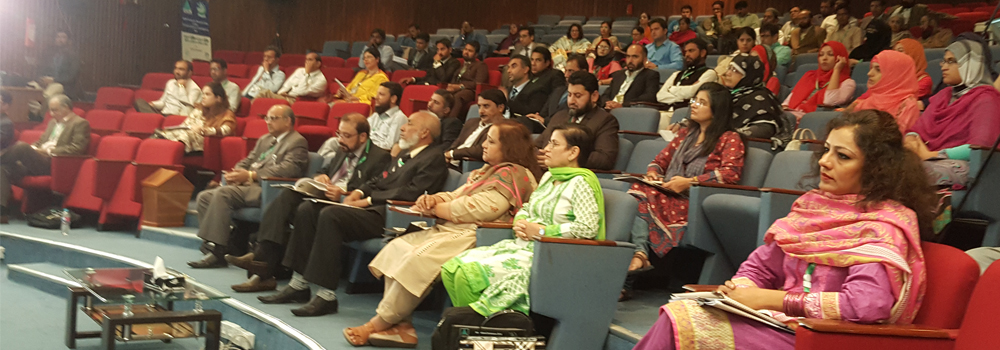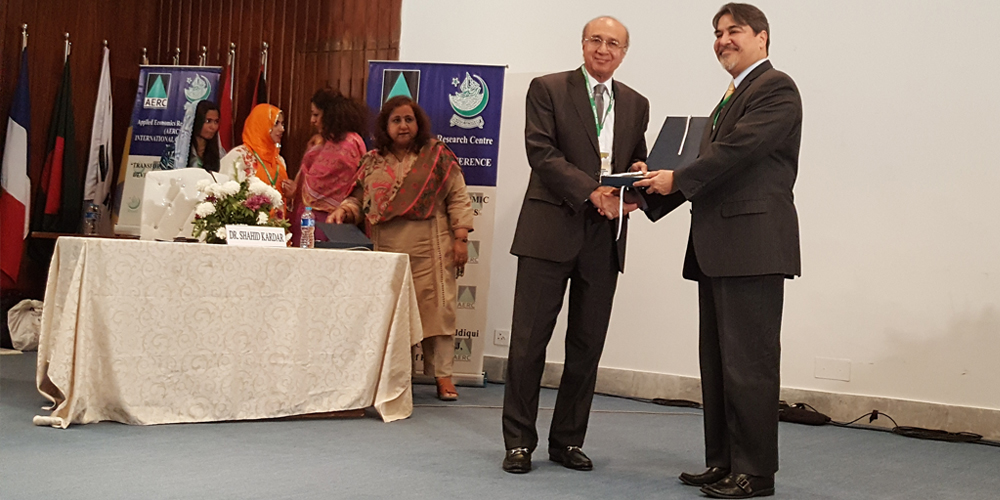Summary of lecture presented at AERC conference on November 23, 2016

Dr. Farrukh Iqbal delivered the Sir Syed
Ahmed Khan Lecture at the AERC Conference "Transforming
Economic Development: Policies and Strategies" on November
23, 2016. His lecture was entitled "Human Development in the
Middle East Region: Past and Future."
In the first part of his lecture, Dr. Iqbal presented data
on the comparative performance of different developing
country regions in the areas of child mortality and
schooling attainment. He showed that the Middle East region
had performed the best among all regions over the past four
decades from 1970 to 2010. He said that such stellar
performance completely belied the public image of the region
as being mired in conflict and conservatism with poor
outcomes in health and education. He asked why the public
image was at such variance with the empirical record.
In the second part of his lecture, Dr. Iqbal explained that
the poor public image was largely a consequence of focusing
on levels of child mortality and schooling attainment. In
terms of levels, the region was still behind some other
developing country regions, such as East Asia and Latin
America. However, this was not an appropriate way to judge
human development performance. Rather, the correct approach
was to focus on changes over time rather than on levels at a
given point in time. He provided the results of some simple
statistical analyses to show that, when assessed in terms of
changes over time, the health and education performance of
most countries in the Middle East region exceeded that which
could be expected on the basis of their respective income
per capita levels. Unfortunately, popular media as well as
academic researchers had placed undue emphasis on levels and
had generated an adverse image for the region that fit
preconceived notions of the link between culture and
development outcomes.

In the third part of his lecture, Dr.
Iqbal presented econometric results to show that the Middle
East region's good performance was due in part to high
levels of public spending on education and health and low
levels of undernourishment among its population when
compared to other developing country regions. As an example,
he noted that the Middle East region had spent thirty times
more per person on average in education than South Asia. He
also noted that the average level of undernourishment was
three times lower in the Middle East than in South Asia.
In the final part of his lecture, Dr. Iqbal highlighted the
fact that the good performance of the region with regard to
education applied only to quantity and not to quality. He
provided evidence to show that the region performed poorly
in international comparisons of education quality.
Similarly, while the region had been successful in lowering
child mortality rates substantially, it now faced new health
issues arising from lifestyle diseases such as diabetes and
hypertension. He concluded by saying that the health and
education challenges that now confront the region are very
different from those it had faced in the past. For future
human development in the region, the past should not be
thought of as prologue.
